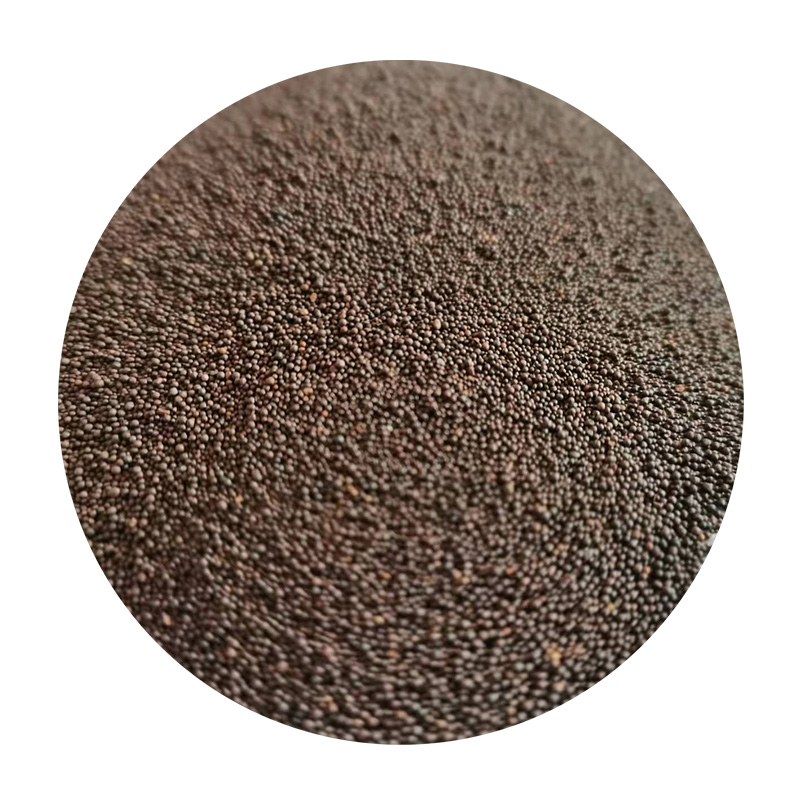The Rise of 3D Printed Sand Transforming the Future of Construction and Design
In recent years, the construction industry has witnessed significant transformations, primarily driven by advancements in technology. One such innovation that has gained traction is 3D printing, with a particular focus on 3D printed sand. This innovative approach not only revolutionizes how we perceive construction materials but also introduces a myriad of possibilities for architectural design and sustainability.
3D printed sand involves the use of sand as a primary material in additive manufacturing processes, where layers of sand are selectively bonded together to create intricate structures. The process typically employs a binder jetting technique, where a binding agent is applied to the sand particles, allowing them to adhere to one another. This method enables the creation of complex shapes and forms that would be challenging, if not impossible, to achieve with traditional construction techniques.
The Rise of 3D Printed Sand Transforming the Future of Construction and Design
The implications of this technology extend beyond sustainability. Architects and designers are now empowered to explore unprecedented creative avenues thanks to the flexibility that 3D printed sand offers. The intricate designs made possible by this technology allow for the creation of unique aesthetic elements while maintaining structural integrity. For instance, the use of 3D printing allows for the incorporation of complex geometries and lattice structures that can enhance the strength and durability of the final product.
3d printed sand

Moreover, the speed of construction is another vital factor where 3D printed sand outshines traditional methods. With the ability to produce structures on-site and in a fraction of the time it takes for conventional construction, projects can move forward at a faster pace. This rapid production capability is particularly beneficial in areas requiring urgent infrastructure development, such as disaster-stricken regions where quick rebuilding is essential.
As 3D printed sand technology continues to evolve, researchers and companies are exploring its potential applications in various fields. Beyond traditional building structures, this technique is being investigated for use in the creation of complex molds and castings in manufacturing processes, as well as in the production of artistic installations and sculptures. The versatility of 3D printed sand opens doors to numerous industries beyond construction, paving the way for innovation.
One notable project demonstrating the potential of 3D printed sand is the 3D Printed House initiative, where teams have developed full-scale homes utilizing 3D printing technology. These homes showcase not only the speed and efficiency of construction but also the aesthetic possibilities that arise from using sand as a primary material. With ongoing research, we can expect to see even more ambitious projects that challenge traditional concepts of design and construction in the near future.
In conclusion, the emergence of 3D printed sand represents a significant shift towards a more sustainable, efficient, and creative construction industry. As architects, engineers, and developers continue to embrace this technology, we are likely to witness groundbreaking transformations in how we build our environments. The implications of 3D printed sand stretch far beyond mere construction; it symbolizes a shift towards a future where innovation, sustainability, and creativity converge to reshape our world. As we look ahead, it is clear that 3D printed sand is not just a trend but a cornerstone of the evolution of modern construction practices.
Post time:اکتبر . 13, 2024 05:04
Next:Χρυσές Αμμουδιές προς Πώληση για Επενδύσεις και Ανάπτυξη
